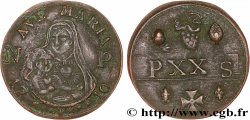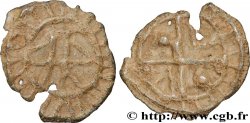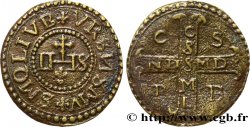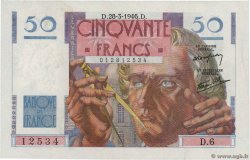E-auction 599-566701 - fjt_571512 - ROUYER - XI. MÉREAUX (TOKENS) AND SIMILAR COINS Méreau de l’église Saint-Paul de Saint-Denis 1665
You must signin and be an approved bidder to bid, LOGIN TO BID. Accounts are subject to approval and the approval process takes place within 48 hours. Do not wait until the day a sale closes to register. Clicking on « bid » constitutes acceptance of the terms of use of cgb.fr private e-auctions.
Bids must be placed in whole Euro amounts only. The sale will start closing at the time stated on the item description; any bids received at the site after the closing time will not be executed. Transmission times may vary and bids could be rejected if you wait until the last second. For further information ckeck the E-auctions F.A.Q.
NO BUYER'S FEE.
NO BUYER'S FEE.
| Estimate : | 120 € |
| Price : | 87 € |
| Maximum bid : | 130 € |
| End of the sale : | 07 October 2024 20:22:20 |
| bidders : | 7 bidders |
Type : Méreau de l’église Saint-Paul de Saint-Denis
Date: 1665
Metal : bronze
Diameter : 22,00 mm
Orientation dies : 3 h.
Weight : 3,57 g.
Coments on the condition:
Très bel exemplaire, patine marron
Catalogue references :
Obverse
Obverse description : Saint Paul debout de face, tenant une épée et le livre des Épîtres. Dans le champ, S.P., deux lis, un croissant et R couronnée.
Reverse
Reverse description : R couronnée au milieu d’un croissant accosté de S et P et de deux lis ; à l’exergue : 1665.
Commentary
Méreau de l’Église St-Paul de Saint-Denis. Souvent attribué de façon erronée à Reims (De Fontenay, p. 229 ou Maxe-Werly, 1862) mais rectifié par Longpérier (Bull. de la Soc. de l’Hist. de Paris, 1883). La lettre R couronnée est pour Robert II qui a fondé la collégiale de Saint-Paul. ces méreaux existent aux millésimes 1618, 1649, 1664-1665 au moins.
Medal of the Church of St. Paul in Saint-Denis. Often wrongly attributed to Reims (De Fontenay, p. 229 or Maxe-Werly, 1862) but corrected by Longpérier (Bull. de la Soc. de l'Hist. de Paris, 1883). The crowned letter R is for Robert II who founded the collegiate church of Saint-Paul. These medals exist at least in the years 1618, 1649, 1664-1665
Medal of the Church of St. Paul in Saint-Denis. Often wrongly attributed to Reims (De Fontenay, p. 229 or Maxe-Werly, 1862) but corrected by Longpérier (Bull. de la Soc. de l'Hist. de Paris, 1883). The crowned letter R is for Robert II who founded the collegiate church of Saint-Paul. These medals exist at least in the years 1618, 1649, 1664-1665







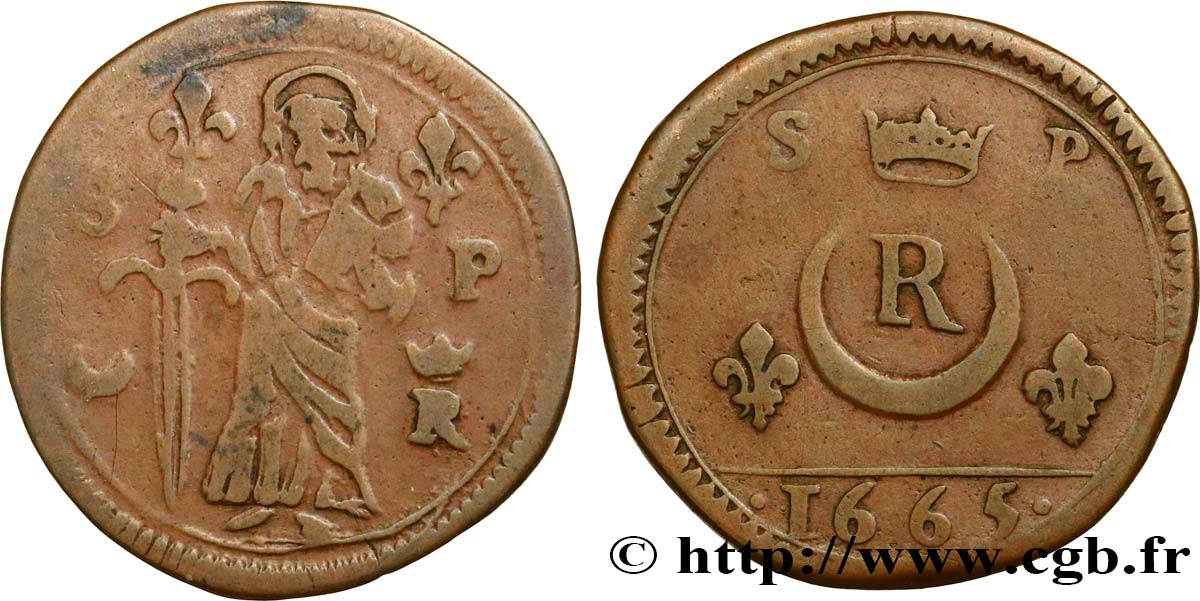
 Report a mistake
Report a mistake Print the page
Print the page Share my selection
Share my selection Ask a question
Ask a question Consign / sell
Consign / sell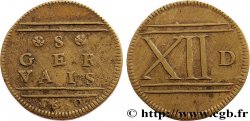
 Full data
Full data